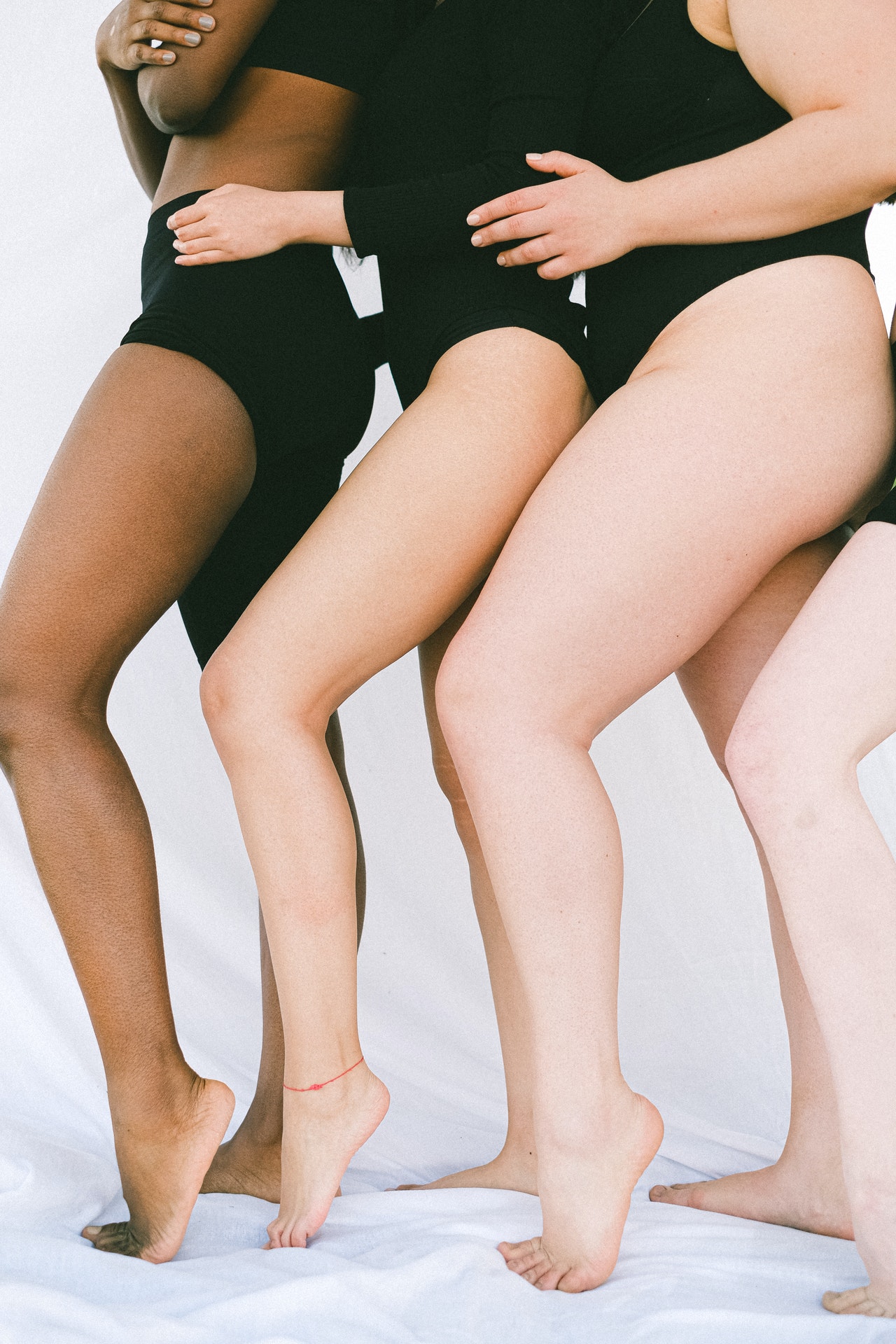The original version of this article was first published on Psychology Today by Mark Travers.
Low sexual desire is the most common sexual issue reported by women. By some estimates, upwards of 50 percent of women experience its effects.
What types of women are most likely to suffer from low sexual desire? New research published in the journal Archives of Sexual Behavior identify two female types — referred to as “globally distressed” and “sexually dissatisfied” — who are most likely to report this issue.
“We found that women with low sexual desire fall into two groups,” state the authors of the research, led by Siobhan Sutherland of the University of Waterloo in Canada. “Specifically, the Globally Distressed Group presented with a relationship issue that permeated both sexual and nonsexual aspects of their relationships as evidenced by extremely low relationship satisfaction and low sexual satisfaction. In contrast, the Sexually Dissatisfied Group’s distress appeared to be confined to the sexual domain, as indicated by low sexual satisfaction, but average relationship satisfaction.”
To arrive at this conclusion, the researchers conducted an online survey of 508 U.S. adult women. The researchers asked participants to complete a series of measures, including the Global Measure of Sexual Satisfaction, Quality of Marriage Index, Social Readjustment Rating Scale, The Dyadic Sexual Communication Scale, and the Hurlbert Index of Sexual Desire. They also asked participants to provide general demographic information such as age, ethnicity, relationship status, and relationship length.
They used a statistical technique known as latent class analysis to group people together based on similarities in how they responded to the scales above. Three groups emerged. The first group, which the researchers call the “Average Desire” group, describes people who express normal levels of sexual desire and are generally happy in their current relationship. Of the 508 women surveyed, 342 (67 percent) fell into this group.
The second group, called the “Globally Distressed,” describes women who are express low sexual desire and very low relationship satisfaction. The authors state, “Women in this group had the lowest ratings on the Hurlbert Index of Sexual Desire, which was consistent with HISD scores from clinical samples identified in previous research. In addition, this subgroup reported extremely low relationship satisfaction ratings on the Quality of Marriage Index and low sexual satisfaction on the Global Measure of Sexual Satisfaction.” Women in this group also reported the highest levels of life stress. Of the 508 women surveyed, 43 (8 percent) fell into this group.
The third group, the “Sexually Dissatisfied,” is similar to the Globally Distressed group except that they tend not to express nearly as much relationship dissatisfaction. Their scores on the Quality of Marriage Index, for instance, are in the average to low-average range. This group experiences sexual problems that are “primarily confined to the sexual domain,” according to the researchers. Of the 508 women surveyed, 123 (24 percent) fell into this group.
These researchers believe their work helps explain the nuances of low sexual desire in women. For instance, it is possible that low sexual desire among the Globally Distressed group is a symptom rather than a cause of other problems they may be facing in their lives. Consistent with this idea, the researchers found a pattern of external attribution — that is, blaming one’s partner for one’s sexual dissatisfaction — in this group. According to the researchers, this form of attribution hints at a sense of hopelessness and severe relational discord. Women in the Sexually Dissatisfied group, on the other hand, may find that their experience with low sexual desire is a source of other problems in their lives and may be more likely to take initiative to manage the issue.
The authors conclude, “Our results suggest that women with low desire not only differ qualitatively from women with average desire but also from one another in meaningful ways. We hope that by elucidating the unique experiences of women with low sexual desire, this research will eventually help to inform assessment and treatment practices for professionals working with women with low sexual desire.”
The original version of this article was first published on Psychology Today.
For more information on the types of therapy we offer, discover our counselling directory at LCC.





